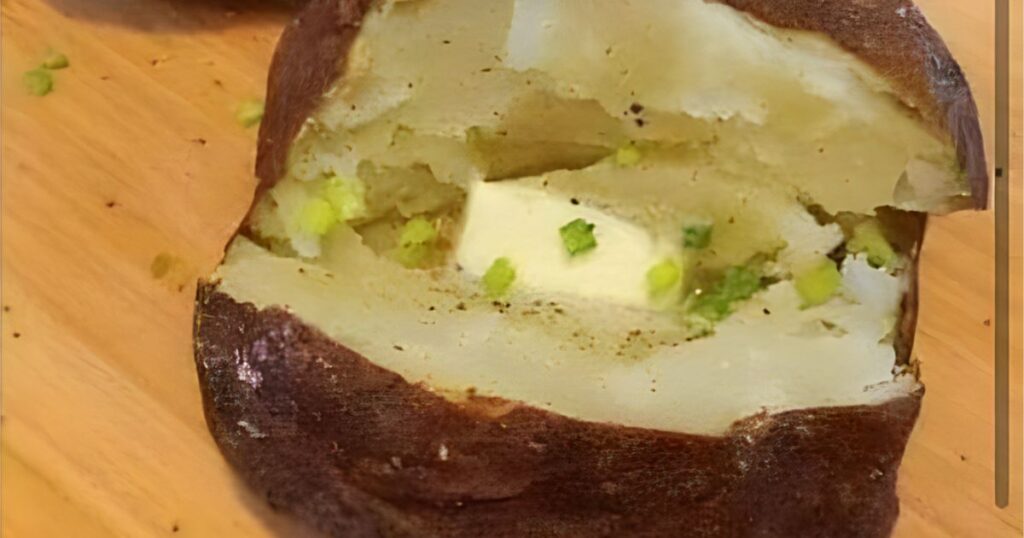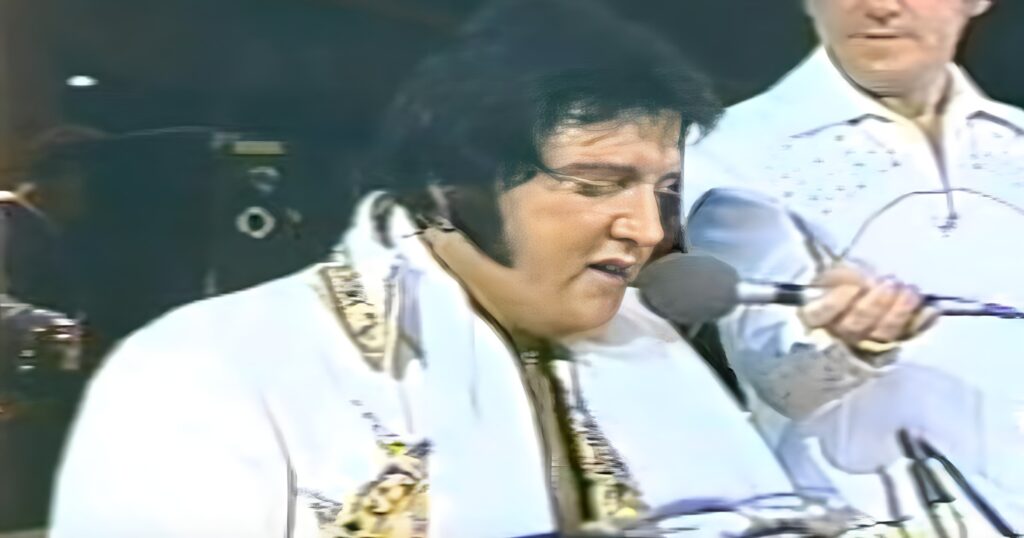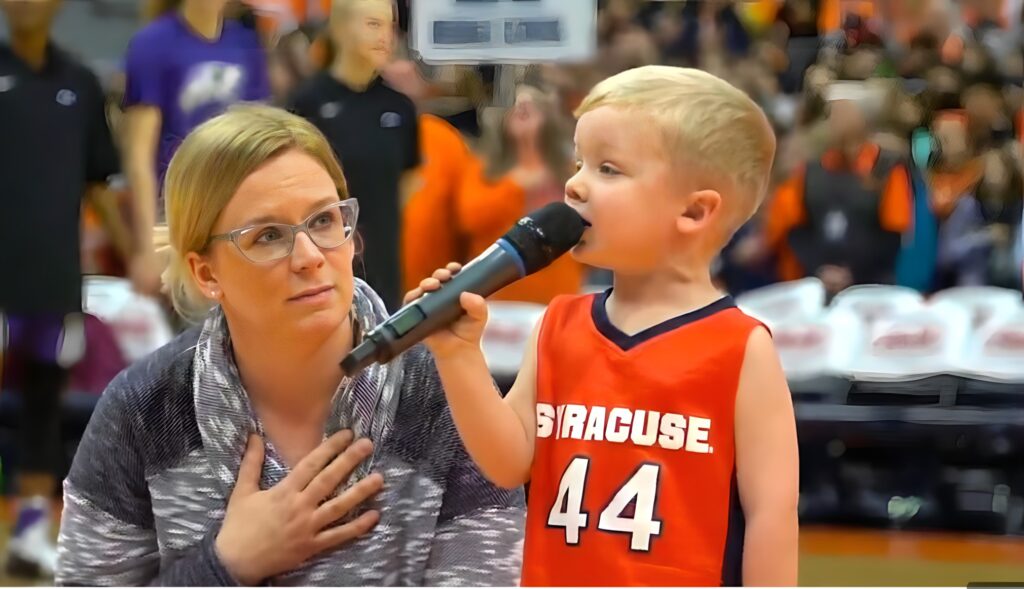Remember those lazy summer afternoons spent in your grandfather’s garage? The scent of sawdust in the air, the rhythmic sound of hammering echoing off the walls, and the unmistakable joy of creating something with your own hands. Among the various tools that filled that toolbox, one humble instrument stood out—the vintage nail punch. While it may not have been the star of the show, this small tool played an essential role in countless projects, shaping our early experiences with craftsmanship.
The Heart of DIY: What Is a Nail Punch?

A nail punch, often overlooked, is a simple yet effective tool designed to drive the head of a nail below the surface of the wood. This technique allows for a smooth finish, making it perfect for painting or applying filler without any unsightly metal sticking out. It’s a tool that many of us remember using—perhaps while building that first wobbly birdhouse or assisting Dad with crown molding in the living room. It wasn’t fancy, but it got the job done, and it held a special place in our hearts.
Craftsmanship and Tradition: A Symbol of an Era
For those who grew up in the 1950s through the 1980s, woodworking projects were often family affairs. Weekends were dedicated to fixing things ourselves, a time when people took pride in their ability to repair rather than replace. The vintage nail punch epitomized this DIY ethos, representing a time when craftsmanship was celebrated. Its design, sturdy and ridged for grip, showcased the quality that defined tools of that era—no cheap plastic handles or throwaway items here.
The Emotional Connection: Tools of Our Ancestors
Holding a vintage nail punch today is like grasping a piece of history. Maybe it belonged to your grandfather, its surface marked with the wear and tear of decades of use. Each rusted edge tells a story of hard work and careful craftsmanship. These tools weren’t merely functional; they were passed down through generations, each one holding memories of weekend projects and family bonding.
The Shift in Mindset: From DIY to Convenience
As time has moved on, so has our relationship with tools. Nowadays, it’s all too easy to run to the store for the latest gadget or hire someone to handle repairs. But back in the mid-20th century, fixing things yourself was the norm. The vintage nail punch was part of a cultural shift that valued self-sufficiency and skill. It embodied a time when people took pride in their ability to create and repair with their own hands.
Rediscovering Vintage Tools: A Journey Back in Time
For those fortunate enough to have vintage tools in their collection, using them today is like stepping back into the past. There’s a unique satisfaction in picking up an old nail punch, knowing it has played a role in so many projects before. Maybe you’ve used one to restore a cherished piece of furniture or while tackling home renovations. The feel of the grip in your hand serves as a reminder of those long-ago weekend projects, filled with laughter and learning.
The Legacy of the Vintage Nail Punch

While the vintage nail punch may be small, its legacy is significant. It symbolizes a time when craftsmanship mattered, when every project had a story, and when the process of creation was just as important as the final product. If you have one gathering dust in your garage or workshop, take a moment to appreciate it. Dust it off, give it another go, and remember the hands that shaped it before you. This tool is more than just a functional item—it’s a piece of history, a connection to our past, and a celebration of the art of craftsmanship.
Conclusion: Embracing the Craftsmanship of Yesterday
In a world dominated by convenience and instant gratification, the vintage nail punch reminds us of the beauty of taking our time and investing in quality work. It speaks to an era where tools were built to last and where every project was a labor of love. So, the next time you reach for that old nail punch, remember its legacy. Embrace the craftsmanship it represents, and let it inspire you to create something meaningful, just as those who came before us did. It’s not just a tool—it’s a cherished part of our history.





